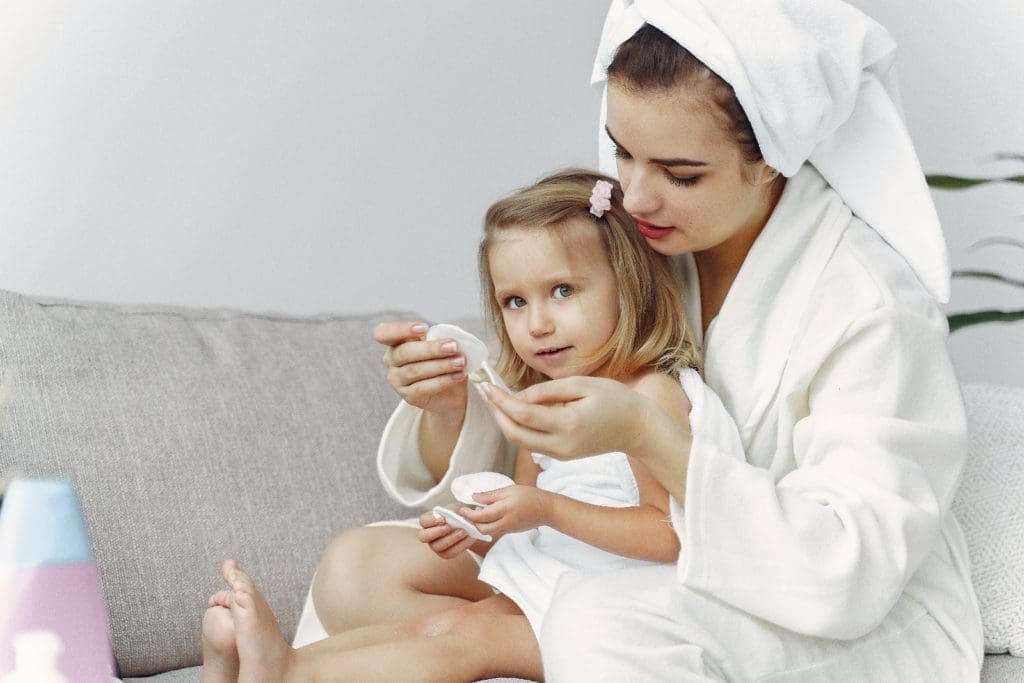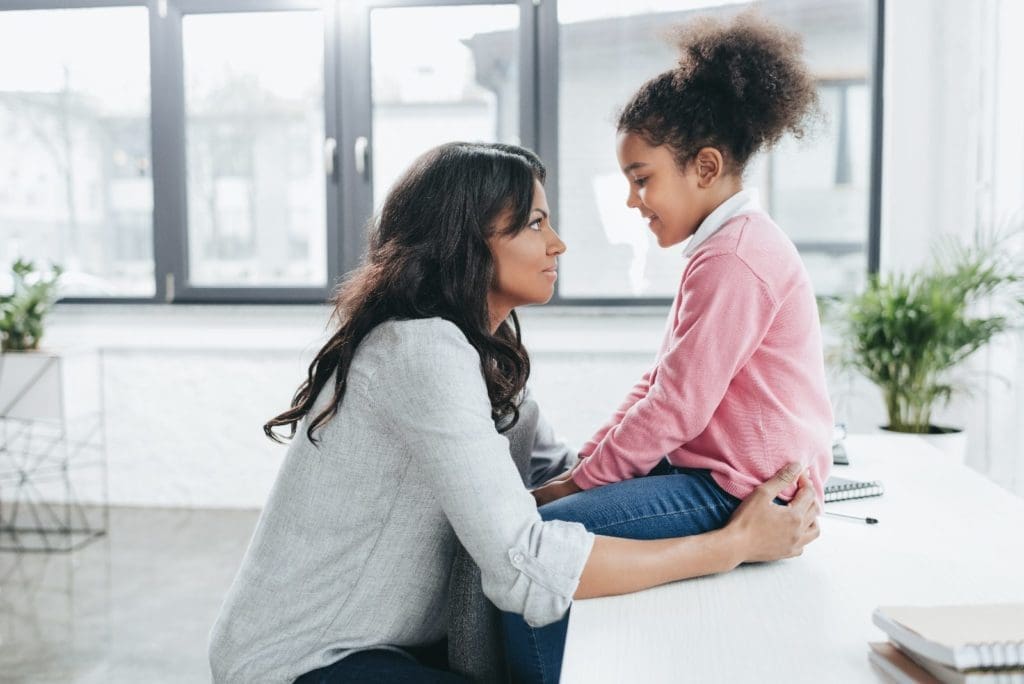Talking to Children About COVID-19
COVID-19 is being discussed everywhere, every day. Whether it’s the political aspects, the statistics, or the warning signs, chances are, if you have had your TV on in the last two months, your child has picked up pieces of information.
Some parents may be having direct conversations with children about the pandemic, while others may be waiting for their child to come to them when the child is ready. Either way, a child needs a safe space to express thoughts and feelings related to this pandemic. Some guidelines for beginning, continuing, and enhancing your parental presence with your children around COVID-19 are highlighted in this blog.
Resilient children need a parental presence from caregivers that is consistent, curious, and engaging.
In order for parents to be emotionally available for their children, parents must be open and non-judgmental of their own emotions related to the pandemic. Parents must create a space for their own worries, fears, and ways of processing these emotions. In doing so, when the time comes to discuss this with their children, parents can solely focus on their child without the interference of their own feelings. Putting your feelings aside to be there for your child is not a one-time action, but more of an ongoing process, with the assumption that you continue to tend to your own emotions so you can better tend to your child’s.
Here are some tips to establish a safe space for your child’s emotions:
- Establish a time to have a quarantine check-in. Begin with an assessment of what your child knows already by asking them to tell you what they know or have heard about COVID-19. Don’t dismiss their fears, worries, and questions. In fact, make room for them to explore these with you!
- Remember that you don’t have to have all the answers, and that your openness and leadership of guiding these conversations will foster comfort and security for your kids. When in doubt, reinforce their sharing by replying with something like “Wow, it must be so scary to feel that way. I’m glad you shared that with me.”
- Talk in an age-appropriate way, using words that children can easily understand. Social stories are learning tools that support a safe and meaningful exchange of information and can be a helpful resource for parents of young children. Many examples of social stories are available for free on the Internet.
- When talking with teens and young adults, validating and connecting to your own experience may be more meaningful. However, it is important to listen and validate their experience before talking about your own.

- Highlight the “can-dos”— ways we are able to take care of good hygiene, self-care, and being kind to others. This empowers your child to not only take good care of themselves and those within their household, but also better connects them to global safety and caring about others as well.
- Remind children that social distancing measures are positive and for safety purposes. This includes viewing school closures as a safety precaution and an opportunity to improve the way that we care for children, their health, and wellness, as well as for teachers and principals.
A useful way of thinking about this strange and uncertain time is as an adjustment and re-adjustment period. There is no road map to figuring this out; no prescribed method for how we will get through. However, we do have knowledge, skills, and innate resourcefulness, which allows for coping, connection, and perseverance during this pandemic experience.
Nina is the Office Director for our Center City location; she currently sees clients via online therapy. To set up an appointment, you can reach her at nfortuna@councilforrelationships.org or 215-382-6680 ext. 4209.

